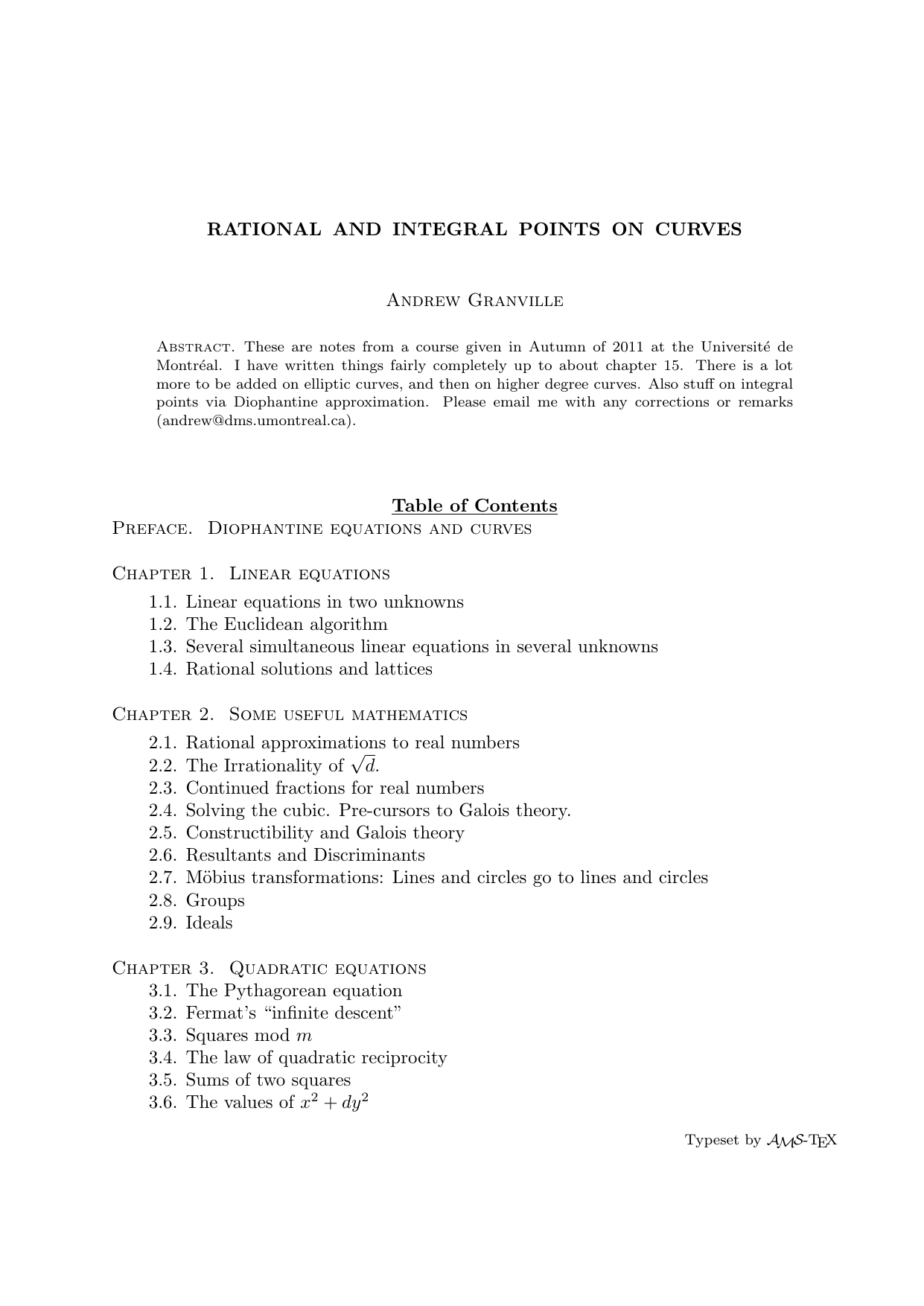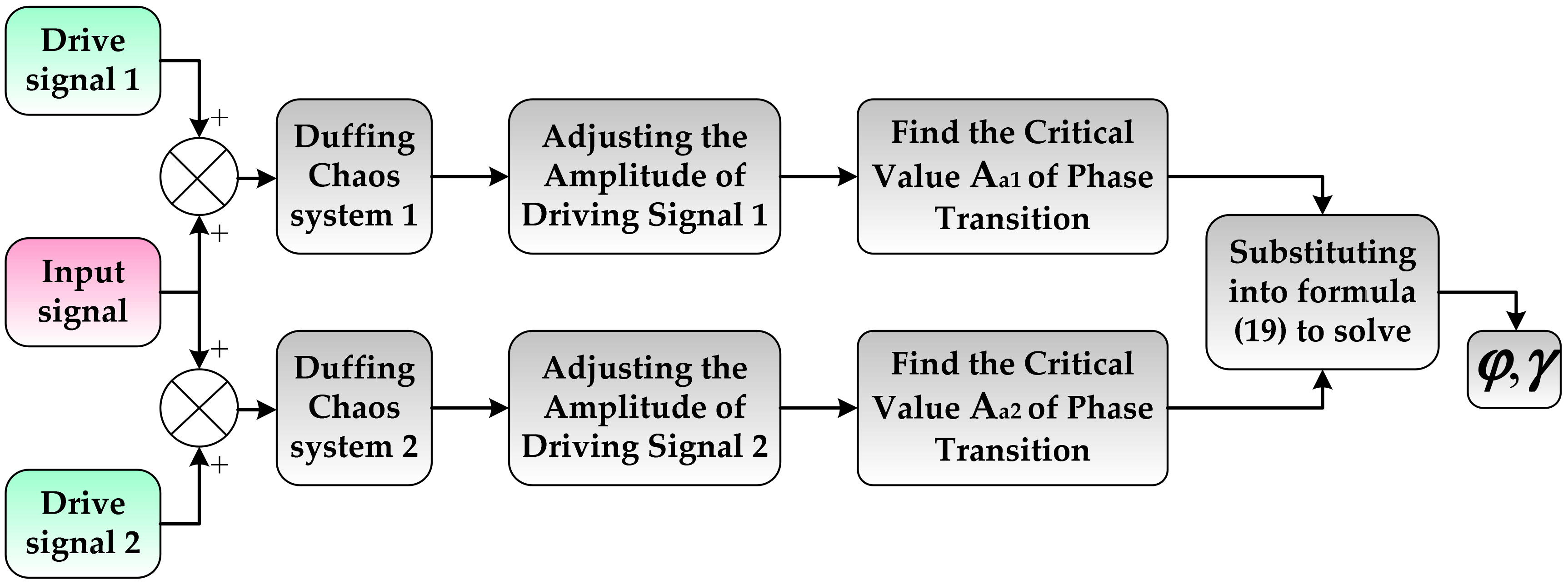

The difference in level between the peaks and dips is referred to as ripple 2. The logarithmic view on the other hand, which most of us use in real life, shows a narrowing of the "teeth" or increase in "jaggedness" as frequency rises. The linear view clearly shows where the comb filter got its name from. A scenario that would occur in a regular stereo setup at the microphone membrane when it's positioned 34 cm closer to either the left or right speaker. The image to the right shows a 1 ms comb filter at 1,5 Hz resolution (32k window size 48 kHz, 683 ms time record) on a linear and logarithmic frequency scale. The result is an increasingly jagged result as frequency rises.

Factor in higher order reflections (reflections of reflections) and you'll have a fair amount of signals arriving one to numerous wavelengths late at varying levels. As the number of wavelengths increase the "teeth" narrow.

The delay expressed as a number of, frequency dependent, wavelengths determines the width of the "teeth. The latter is frequency-dependent, in other words the same amount of delay causes different widths of gaps for different frequencies. The depth and width of the "teeth" are determined by relative level and timing. These signals irrevocably cause comb filters. On a smoothed transfer function trace, each data point is averaged together with some number of the immediately adjacent points on either side." 1įind out how this post-processing feature alters accurate data and provides a misleading frequency response or trend.ĭo we need smoothing and where does this "jaggedness" or "grass" come from? In real life every measurement is contaminated with reflections, arrivals from other sources or both. This feature helps to reduce "jagginess" on transfer function traces and can make trends in the frequency response of the system under test easier to see. "Smoothing is essentially another type of averaging that is available only for Transfer Function displays (Phase or Magnitude).


 0 kommentar(er)
0 kommentar(er)
